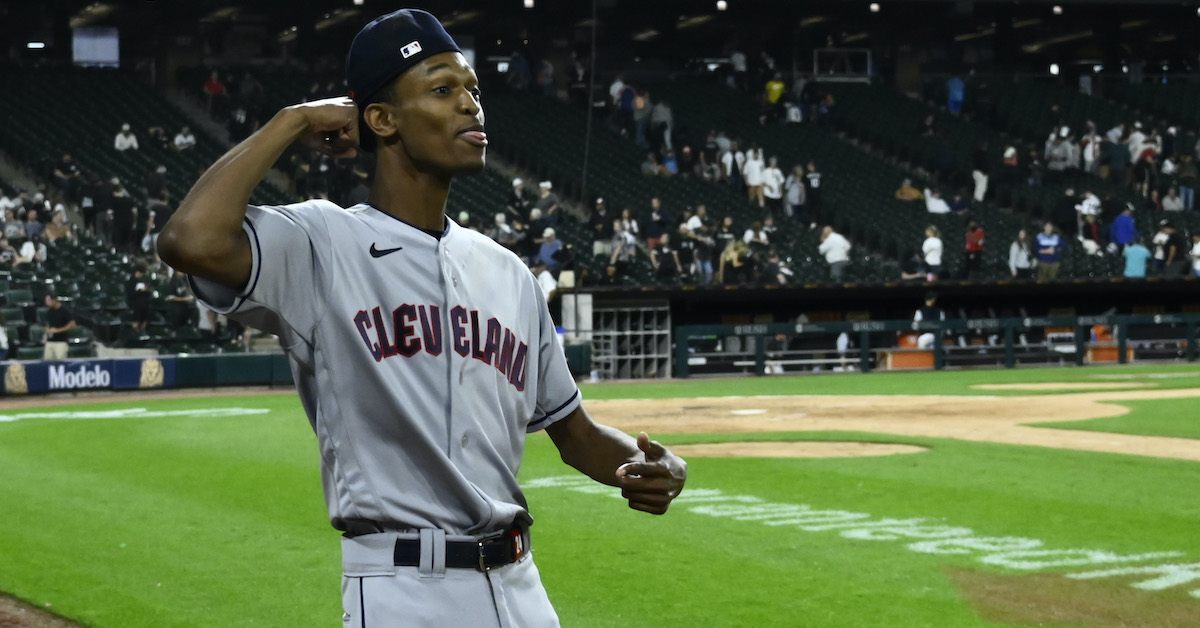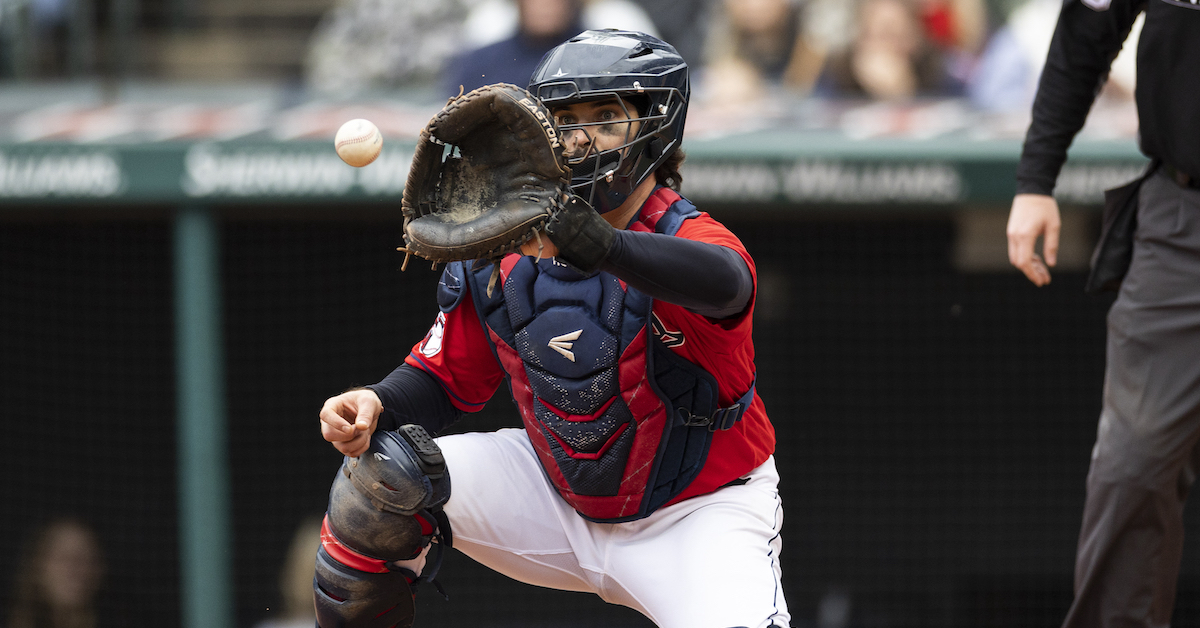Once a Young Gun, Triston McKenzie Is Now a Top-Notch Starter

Triston McKenzie was 19 years old and pitching for High-A Lynchburg when he was first featured here at FanGraphs in May 2017. Five years later, he’s one of the top starters on a talented Cleveland Guardians staff. In 31 appearances this season, the lanky right-hander logged a 2.96 ERA and a 3.59 FIP with 190 strikeouts in 181.1 innings. Last week, he tossed six scoreless frames and allowed just two hits in Cleveland’s Wild Card Series-clinching win over the Tampa Bay Rays.
McKenzie, the scheduled starter for ALDS Game 3 versus the New York Yankees on Saturday, discussed his evolution as a pitcher and the mindset he takes with him to the mound during the Guardians’ final home stand of the regular season.
———
David Laurila: We first talked five years ago. What have you learned about pitching since that time?
Triston McKenzie: “The biggest difference is that I’m in the big leagues. Mindset-wise, how I attack hitters hasn’t changed much outside of adapting to this level and understanding that guys are more disciplined in what they do in their approach. I’ve figured out that you can’t always be the the young gun, the kid who is going to throw his best stuff over the heart of the plate. These guys can hit that. So I’d say it’s a mix of finding my identity as a pitcher, figuring out what my strengths are and where I can beat guys, but not getting so headstrong that it’s to my detriment.”
Laurila: How much better do you understand how, and why, your stuff works? You’re obviously working with smart coaches and seeing a lot of data. Read the rest of this entry »





